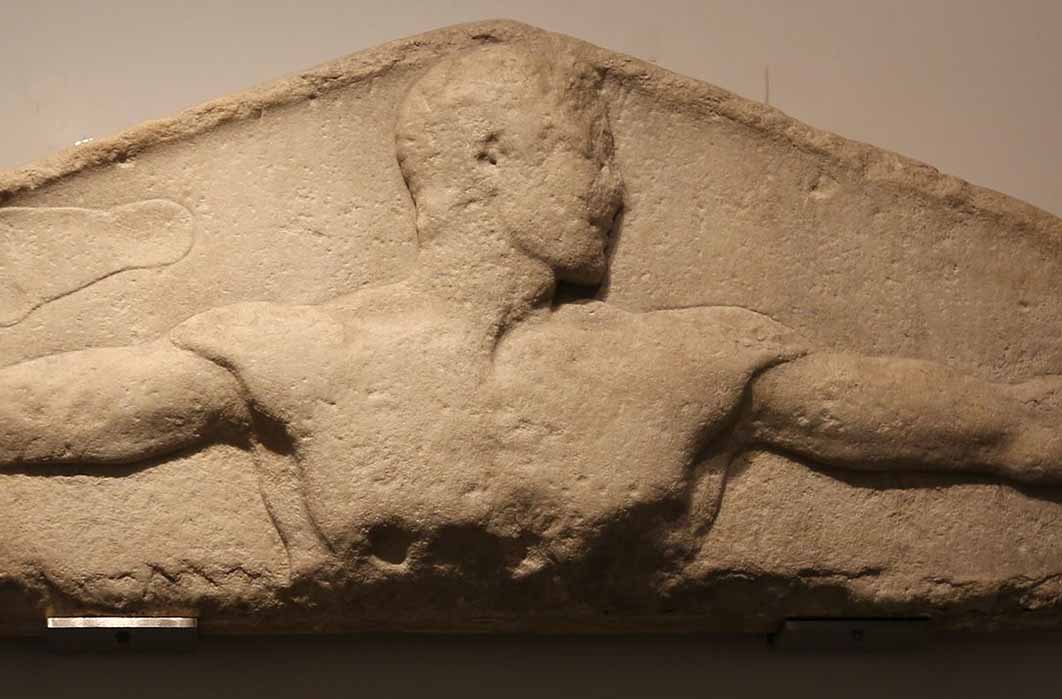
Archaeological Metrology: The Spirit Of Light Cubit In Ancient Sacral Architecture
A journey in search of the discovery of an ancient lost civilization that is more than 12,000 years old, supported by solid archaeological standards and evidence, provides indications that its global reach was not for domination that is unfortunately too common in the rise of civilizations, but instead for illumination and common unity of cultures all over the world. The archaeological precept that provides confirmation of a global ancient civilization with a purpose of sharing both its science and spiritual philosophy, is a universal unit of measurement of 27.5 inches (70 centimeters); in the ancient Egyptian record it is called a nebiu (nbj: to yoke together) or an aakhu meh (Spirit of Light Cubit).

Egyptian cubit rod in the Liverpool World Museum (Public Domain)
Ancient Metrology
Evidence pointing to the existence of this lost global civilization, is provided through the neglected branch of archaeology called ancient metrology; the study of cultures’ weights and measures. Ancient metrology is an area of study that does not enjoy the deserved attention of most archaeologists or the general public. In general, archaeologists are literally and figuratively buried in their own specific field of study, be it Maya cultures, Ancestral Puebloan or Egyptology as examples, not only digging for history, but digging for funding, ending up in the “silos” of their field of expertise. Ancient metrology research does not receive 24 pt. font size press headlines such as Howard Carter discovering “Wonderful Things” in Egypt’s Valley of the Kings, nor does the subject become the unique selling point of blockbuster movies of dashing swashbuckling archaeologists traveling the world, fighting battles and enemies to retrieve sacred lost relics. Studies of ancient measurements languish hidden in mountains of archaeological papers or as obscure museum exhibits passed over, unseen, as opposed to the dazzling and eye-catching artifacts, displayed to draw the public’s attention.

The Nippur cubit-rod in the Archaeological Museum of Istanbul, Turkey (Ana al'ain / CC BY-SA 3.0)
Yet, the actual incredible discovery of wonderful things and a true global adventure beyond the scope of any movie, is to be found in multiple civilizations sharing a common measurement and measurement system in ancient times. To position this in a scientific archaeological setting is a quote from a 2013-paper by Vanpool and colleagues, about the significance of ancient metrology: “As early as Sir William Petrie (1879), archaeologists argued that metrology could provide valuable cross-cultural data and show historical relationships, but metrology studies tend to be infrequent and limited in scope. They have not been placed within a general anthropological framework, which is unfortunate given that metrology impacts and reflects a culture’s cosmological, economic, and technological structure.”
They clearly point out the importance and the challenges of such studies that would provide evidence of cross-pollination and contact found in the sacral architecture of multiple cultures’ sacred sites, and it would also provide evidence of a shared cosmological, spiritual philosophical belief system across oceans and continents for a common transcendent purpose. Cultural measurement and measurements systems were used by ancient societies to unite their scientific advancements such as architecture and astronomy, with their spiritual beliefs. The importance of such ancient societies uniting their science and spiritual beliefs at their sacred sites, their axis mundi’s, where Heaven and Earth were brought together, should not be understated; as Morley and Renfew (2010) point out: “Measurement systems have provided the structure for addressing key concerns of cosmological belief systems, as well as the means for articulating relationships between human form, human action, and the world – and new understanding of relationships between events in the terrestrial world and beyond… From the stones of Stonehenge to the alignments and calendars of Mesoamerica, measurement stands at the dawn of cosmology. The term ‘cosmology’ is used here not just in the sense of explanation of the celestial, but in the sense of conception of the universe – the set of beliefs about the world, material and immaterial, and the rules through which interaction can occur”.
Susan Ryan (2015) concurs: “Architecture is the place where the ethereal and non-material qualities of the cosmos were interpreted by the ancient architects and emphasized in material form.”





